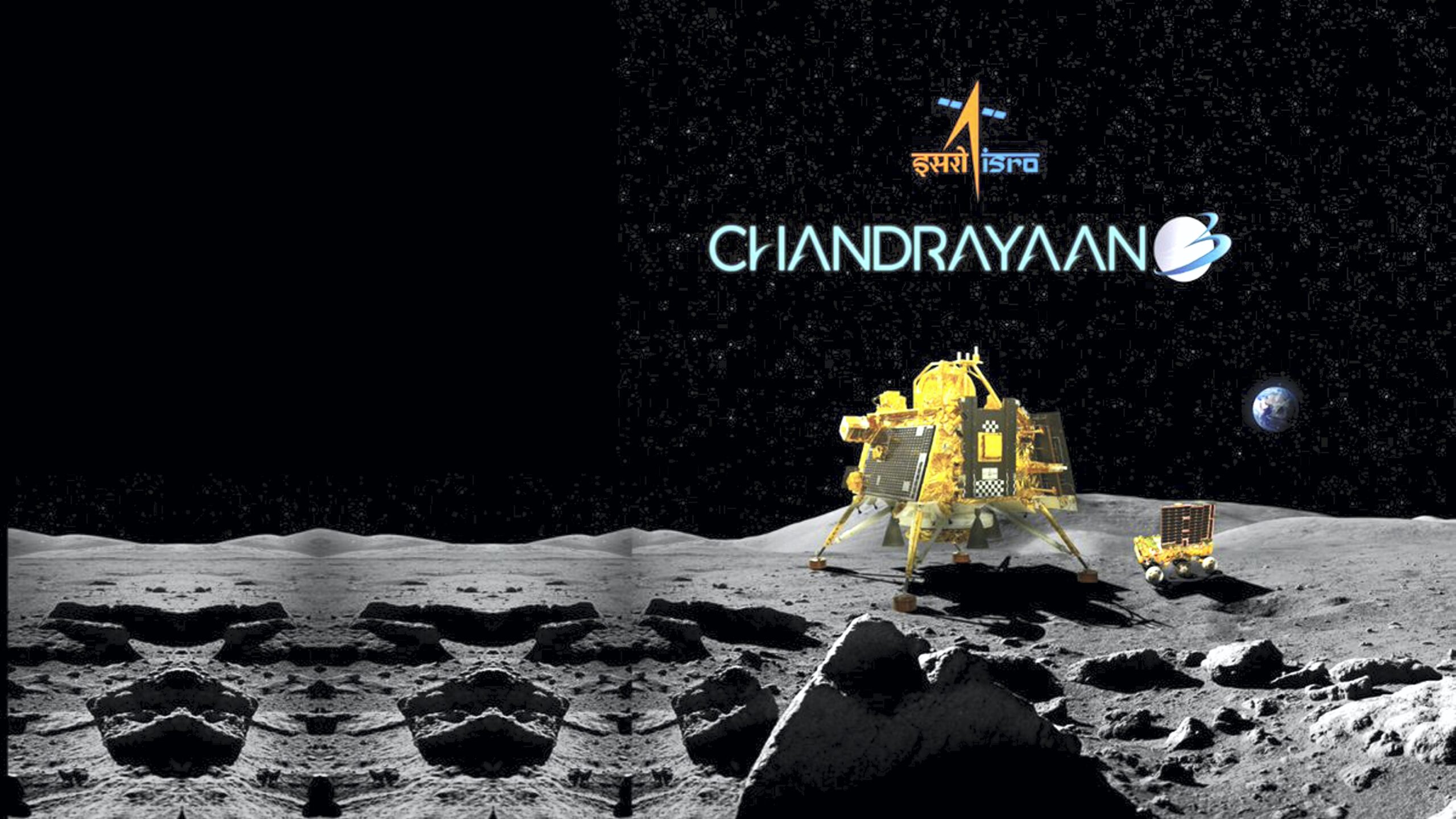At 6.04 p.m. on Wednesday, India made history by landing the Indian Space Research Organization’s Chandrayaan-3 spacecraft on the Moon’s south pole, just days after a Russian probe, Luna-25, crashed in the same region.
Chandrayaan-3, which means “Mooncraft” in Sanskrit, landed near the lunar south pole, which has yet to be explored. In 2019, an earlier Indian effort, Chandrayaan-2, failed. Over the course of two weeks, the solar-powered rover ‘Pragyaan’ will investigate the surface and send data to Earth.
Chandrayaan-3 landed at the Moon much later than the Apollo missions of the 1960s and 1970s, which arrived in a matter of days. Over the course of two weeks, the solar-powered rover will investigate the surface and send data to Earth.
Because India’s rockets are much less powerful than those employed by the US at the time, the probe had to orbit the Earth numerous times to acquire speed before going on its month-long voyage.
Since entering lunar orbit on August 5, the lander, Vikram, which means “valour” in Sanskrit, has been delivering photographs of the Moon’s surface.









